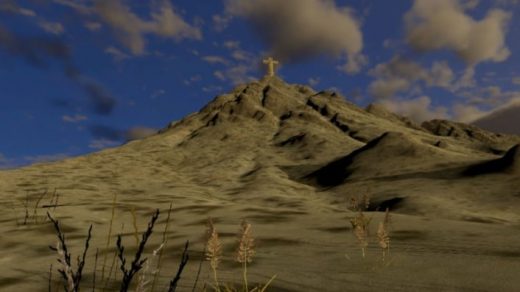The Complexity Of Trump’s Border Wall Proposal, Explained In VR
One of the most polarizing proposals of Donald Trump’s presidential campaign was his promise to build a giant wall bordering Mexico as a way to cut down on illegal immigration. Regardless of which side of the issue people were on, it generated heated passion and substantial vitriol aimed at those with the opposite opinion.
Eight months into Trump’s presidency, the wall is still little more than a promise, caught up in the realities of D.C. politics and finances. But the issues it raises–immigration, questions of racism, eminent domain, ranchers’ rights, and environmental concern, among others, are legion. There are few people who truly understand them.
As a news organization, the USA Today Network says it wants people to be able to get informed, unbiased facts about major issues, like Trump’s wall. That’s why it’s today launching a broad multimedia reporting initiative–comprising virtual reality, on-the-ground reporting, 360-degree video, podcasts, photos, and Lidar imagery–aimed at helping people understand the myriad dynamics on all sides of the U.S.-Mexico border wall debate.
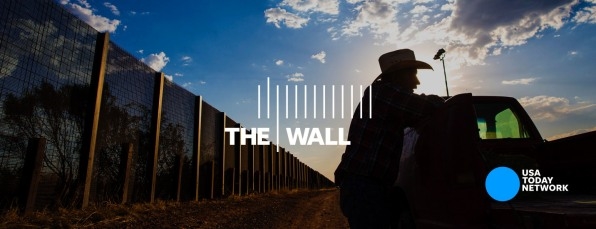
At the heart of the project is a rich virtual reality experience that’s meant to help users understand the scope and scale of the border, as well as some of the major issues that would be impacted by a project as significant as Trump’s wall.
The VR experience, titled “The Wall: Untold Stories, Unintended Consequences,” features a broad range of multimedia, from a computer-generated map of the entire border, to reporters’ videos showcasing many of the issues that Trump’s wall would impact, to countless photographs taken along the border. It highlights the border’s complexities by focusing on eight “hotspots,” including national parks, major cities, famous landmarks, and others, where those issues play out.
At each hotspot, viewers can drill down and explore the dynamics of that location by watching videos, looking at photos, and even seeing 3D computer-generated imagery of the location meant to help them understand exactly what it’s like at that point along the border.
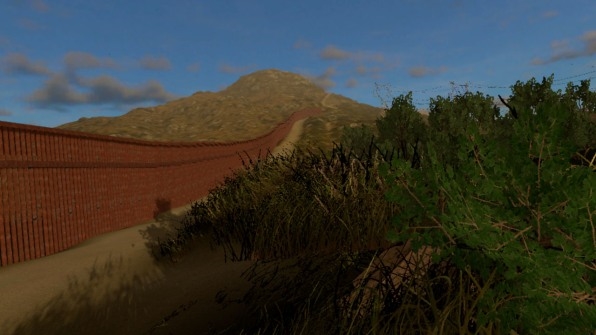
And while the national debate over a wall can often be hyper-partisan, the USA Today Network team behind the project attempted to take a strictly “just the facts, ma’am approach to its reporting.”
“It’s an ambitious project, and we don’t think it could possibly be more timely,” says Maribel Wadsworth, USA Today Network’s senior vice president and chief transformation officer, alluding to the current debates in Washington over Deferred Action for Childhood Arrivals (DACA) and border security. “We are in a unique position to tackle this because we don’t live in the political extremes. We don’t live in the real extremes of the political rhetoric that this debate is fraught with.”
Instead, the USA Today Network team’s strength is the wide network of reporters, photographers, and videographers it has in communities across border states like California, Arizona, New Mexico, and Texas, journalists who cover these issues every day and bring nonpartisan objectivity to their reporting, Wadsworth says. More to the point, she argued, the company’s journalists have a deep, impartial understanding of the issues, the people, the places, and the environment all along throughout the border states.
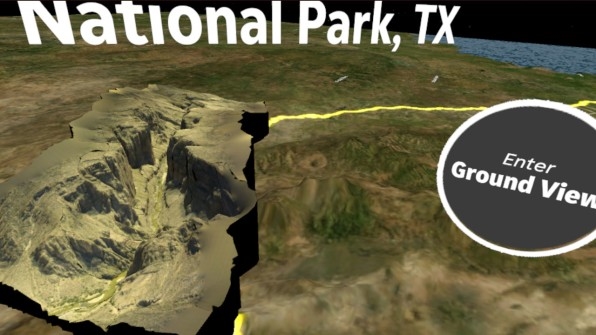
USA Today Network’s Wall project–available exclusively for the high-end HTC Vive VR system–comes on the heels of another significant effort, a broad examination in virtual reality of the USS Eisenhower while the giant aircraft carrier took part in one of the U.S. Navy’s largest military exercises. At the same time, it has produced two seasons of Virtually There, USA Today Network’s weekly VR series examining a wide variety of topics.
Given that the Vive, like its high-end VR counterpart, the Oculus Rift, has had only modest adoption, Wadsworth knows that the number of people who will be able to experience the Wall VR project is limited. But she and others at USA Today Network say the trade-off of a small audience is worth it given the rich journalistic potential of systems like the Vive. “We’ve always been committed to innovations in storytelling,” she says, “and pushing the boundaries of storytelling.”
The project’s creators are also hoping that by leaning on VR, they’ve been able to cut through the noise of the wall debate.
“At a time when the role of the media and the concerns about bias…is more and more prevalent in the public’s discourse,” Wadsworth says, “I think things like VR really help to remove some of those filters to place viewers, to place the audience right in the middle of a story.”
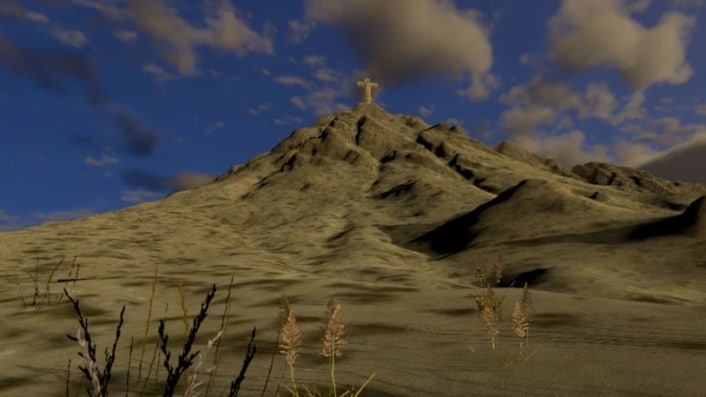
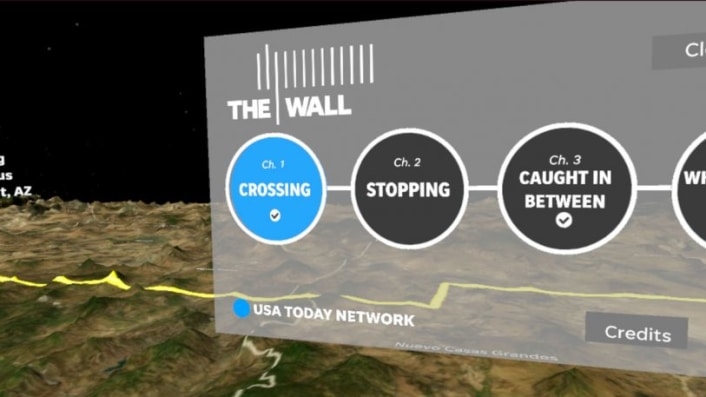
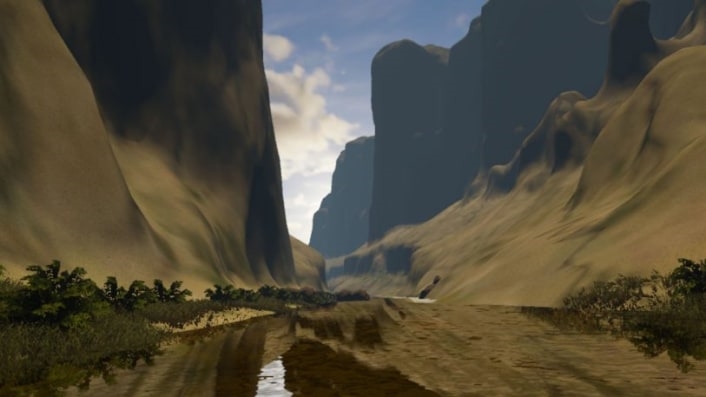
Fast Company , Read Full Story
(179)

